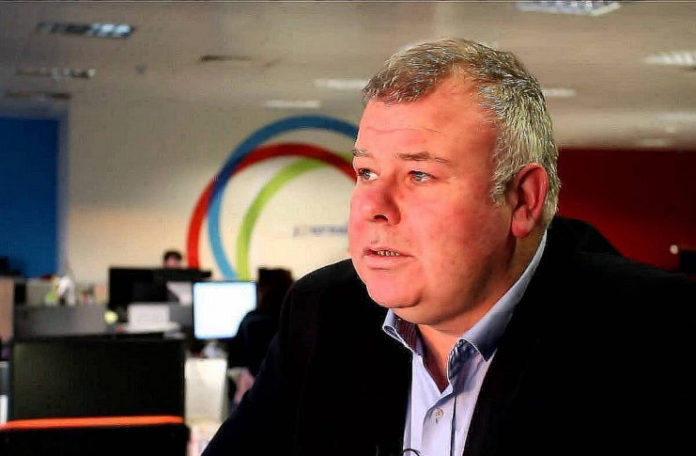The new €10m straw chopping scheme represents “complete madness”, independent TD Michael Fitzmaurice has claimed.
He is of the opinion that it seems as if it is an apparent effort to “starve” livestock farmers out of the west of Ireland in particular.
€10m straw chopping scheme
Commenting on the news, he said: “It is reported that €10 million has been allocated for the scheme, which would see farmers paid €250/ha to chop and incorporate straw back into the soil.”
He said that if the scheme was fully subscribed, that would encompass 40,000ha. That is approximately 15% of the land under cereals, when you consider the figure in June 2020 was just shy of 264,000ha.
“This is complete madness on a number of levels. Where will livestock farmers source bedding for animals if almost one million bales disappear from the market this year?”
“There is so much talk about animal welfare, and yet here is the Government apparently introducing a scheme to reduce the amount of available bedding – following a year when straw yields were particularly poor.”
West of Ireland farmers paying highest prices for straw
“Farmers in the west of Ireland consistently pay the highest prices for straw, with it generally being transported up from the southeast. It has not been unusual in recent years for farmers to pay €25 for a 4X4 round bale, or even more depending on market conditions.”
He stressed the scheme will drive up the price of straw, even more so if Ireland experiences weather similar to last year which cut straw yields drastically.
“When you look at figures from the Central Statistics Office, you can also see that the area under cereals last year dropped by almost 4,000ha compared to 2019. If similar trends continue, it could spell bad news for livestock farmers and those in the mushroom industry who also rely heavily on straw.”
“And this is all before you consider the fact that Bord na Mona has ceased peat production, which was an alternative source of bedding for livestock farmers.”
Almost €10/bale
Continuing, the representative for the Roscommon-Galway constituency was left frustrated at the apparent lack of thought put into the €10m straw chopping scheme by the department, and the much wider consequences it has.
He added: “If a tillage farmer can get a payment of almost €10/bale, and all they have to do is turn on the chopper the, of, course they are going to avail of it.”
“It takes out the hassle of baling the crop, particularly if you have to pay a contractor €5 or €6/bale for the service. It cuts out the stress if the weather turns bad, as well as the potential cost of turning it – which many farmers had to do last year.”
Imports
“Also, it reduces the need to bring bales in from the field and store them in a shed. So, a farmer would be forgiven for partaking in the scheme. But the cons of the scheme, far outweigh the pros. If there is a shortage of straw next year which is amplified by the scheme, then livestock farmers will have to turn to imports – most likely from the UK.”
“As well as the increased cost to the purchaser, imports represent a danger to cereal farmers – as there would be an increased possibility of importing black-grass problems.”
“I am fully supportive of the tillage industry and understand that the funding allocated to this scheme is money that they badly need. But it needs to be delivered as part of a more suitable scheme.
He feels the department and farm organisations need to have a “serious rethink” of the implications this scheme will have before it is rolled out.
“Otherwise, it represents an effort to starve livestock farmers – particularly those in the west of Ireland – of a critical input,” he concluded.





